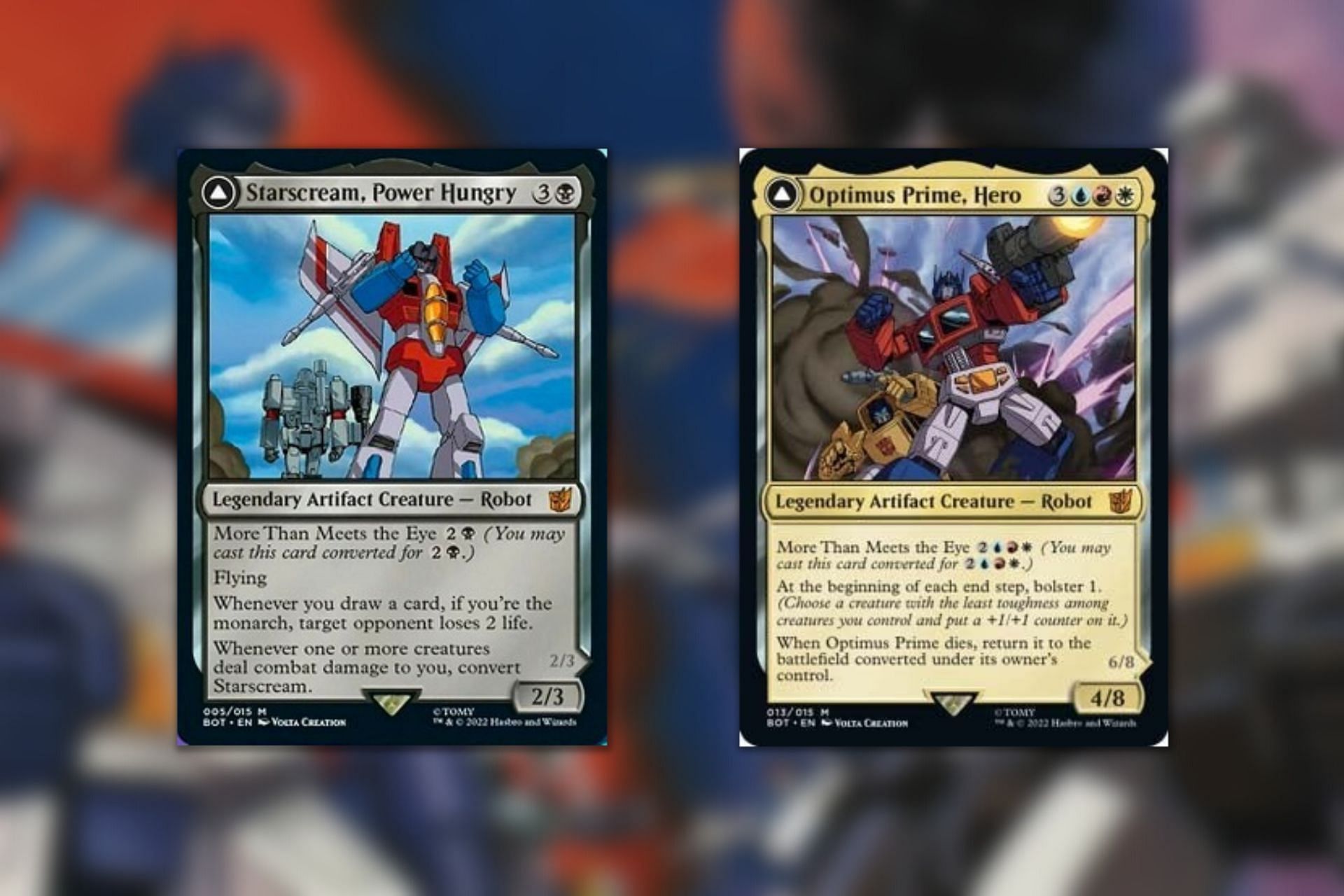Magic: The Gathering is usually a captivating world of strategy, creativity, and camaraderie, where participants can dive directly into epic battles using their meticulously crafted products. Whether you're the newcomer looking to be able to explore this wealthy realm or a new seasoned gamer looking to enhance your own skills, understanding exactly how to build your own first Magic: The Gathering deck is definitely key to your achievement. This guide will certainly lead you by way of the essential steps, tips, and strategies to create a porch not only exhibits your specific style although also has the potential to provide you with the edge throughout gameplay.

As you start on this trip, you’ll learn how to pick the right colour combinations, balance dimana and spells, and avoid common stumbling blocks that many newcomers face. From MTG singles Canada to specific deck archetypes, this particular ultimate guide will certainly equip you with the knowledge plus confidence needed to be able to construct a winning Magic: The Gathering terrace. Get ready to find out the art involving deck-building and raise your gaming experience to be able to new heights.
Building Your First Deck: The Essentials
Setting up your first Magic: The Gathering deck is definitely an exciting plus rewarding experience. In order to start, it's important to understand the fundamental components that make up a deck. In Magic, each porch consists of at least 60 cards, which typically include property cards that generate mana, creature credit cards that can attack your opponent, and spell cards offering various effects. Managing these elements is crucial for the effective deck, as getting too many involving one type may lead to disadvantages in gameplay.
One involving the key elements of deck creating is choosing the right color combination. Magic: The Gathering features five hues - white, blue, black, red, and green - every with distinct talents and themes. As a beginner, consider what playstyle appeals in order to you. You prefer hostile strategies, to overpower your opponent using creatures? Or maybe a control strategy, to manipulate the game and outlast your oppositions? Identifying your selected approach helps in selecting the colors that align with the goals.
Once you have chosen the color or combo of colors, it's time to choose the cards. Begin by thinking about vital cards that will serve as the backbone of your deck. Look for cards who have synergy, meaning they work well together to accomplish your game strategy. For instance, if you are building the aggro deck, focus on low-cost creatures that may hit the table quickly. Additionally, watch the mana competition - the array of card costs in your deck - to make sure you can play credit cards effectively at just about every stage of the game.
Key Strategies regarding Success
When building the first Magic: The Gathering deck, creating a clear strategy is crucial to achieving achievement. Start with understanding the different archetypes, this kind of as aggro, control, and combo, because each has its unique strengths and weaknesses. For the beginner, focusing in an aggro deck can be a good way to engage inside faster-paced games when developing your expertise. Conversely, if you prefer a more strategic approach, control decks might elegance to you, allowing you to manipulate the adventure flow and outmaneuver your opponent.
Another major strategy is to be able to maintain a well balanced mana curve. This kind of means ensuring that your deck features a blend low-cost, mid-cost, and high-cost means. A well-distributed mana curve allows an individual to play greeting cards effectively throughout the game. Aim with regard to a typical casting expense that allows you to play spells consistently while keeping the pressure on your opposition. This balance will be essential to steer clear of getting stuck along with unplayable high-cost greeting cards in your palm during the earlier game.
Lastly, testing and even refining your deck is vital for enhancement. Playtest the floor against various oppositions as well as other deck varieties to spot strengths in addition to weaknesses. Pay close attention to cases where cards underperform or where selected combinations do not really yield favorable benefits. Gathering feedback and adjusting your porch accordingly will boost your overall game play experience that help an individual understand the game's dynamics better, eventually leading to a more competitive in addition to enjoyable deck.
Common Issues and How in order to Prevent them
One common mistake when building your Magic: The Gathering deck is overcomplicating your strategy. A lot of new players try to incorporate multiple themes or aspects into one decks, that may lead to inconsistency. To prevent MTG , focus on a single strategy or concept to build about. This will help to you create a cohesive deck with clear groupe, making it less difficult to execute your current game plan efficiently.
Another frequent mistake is neglecting the harmony between creatures and spells, as well as the importance of dimana curves. New participants often either overflow their deck using too many animals or too several spells, ultimately causing possibly a lack associated with offensive pressure or perhaps a deficit of options in-game ui. Give full attention to maintaining a new balanced mana curve, incorporating the variety of low-cost and high-cost playing cards, to maximize the ability to enjoy cards throughout the game.
Finally, new participants sometimes overlook the importance of playtesting their own decks. https://anotepad.com/notes/nrdy54ae is merely the first step; you need to understand how it works in actual games. Take the time and energy to test your deck against different opponents and strategies. This will help you identify weaknesses or perhaps cards that may not get performing nicely, allowing you to make required adjustments before planning into serious play.
